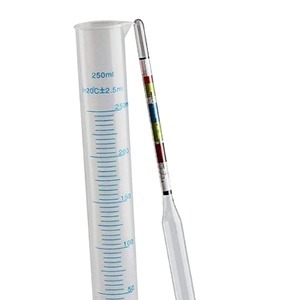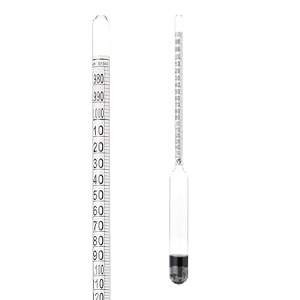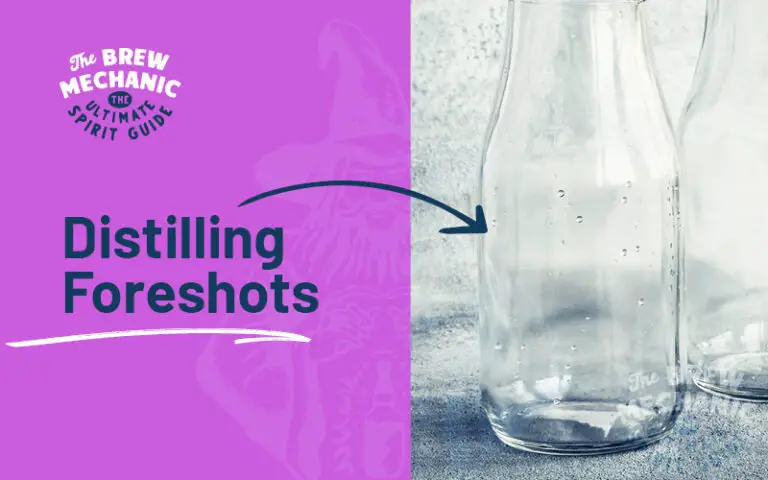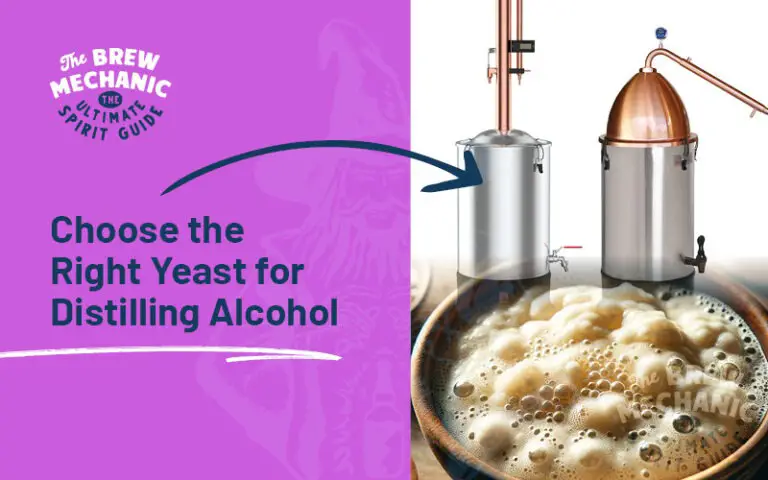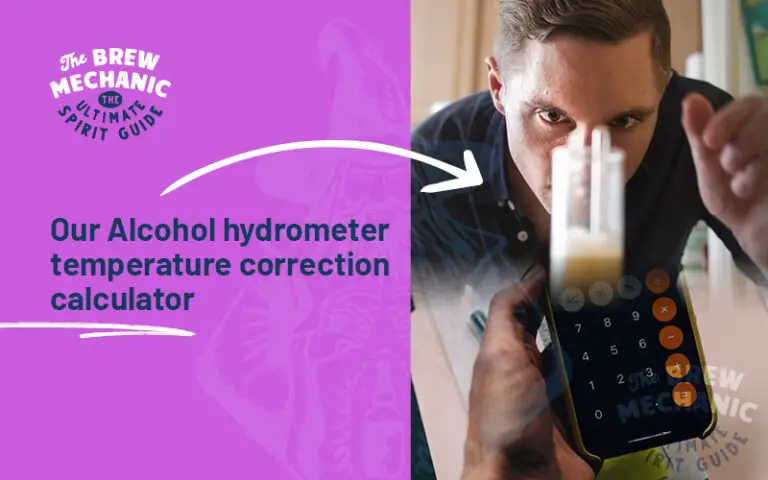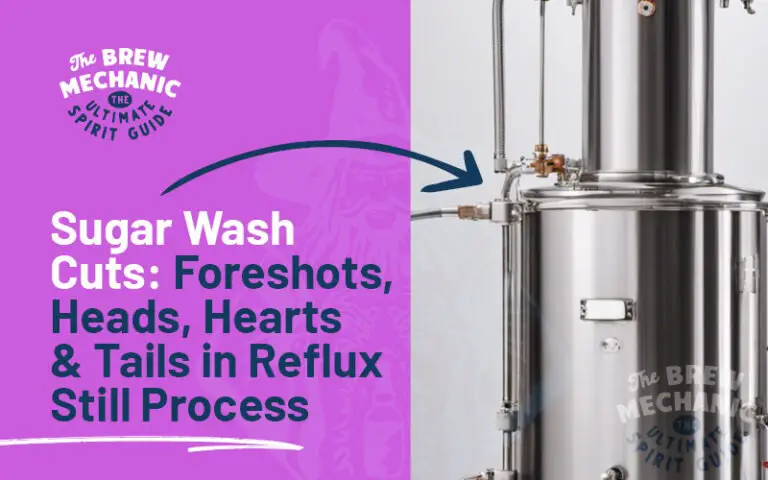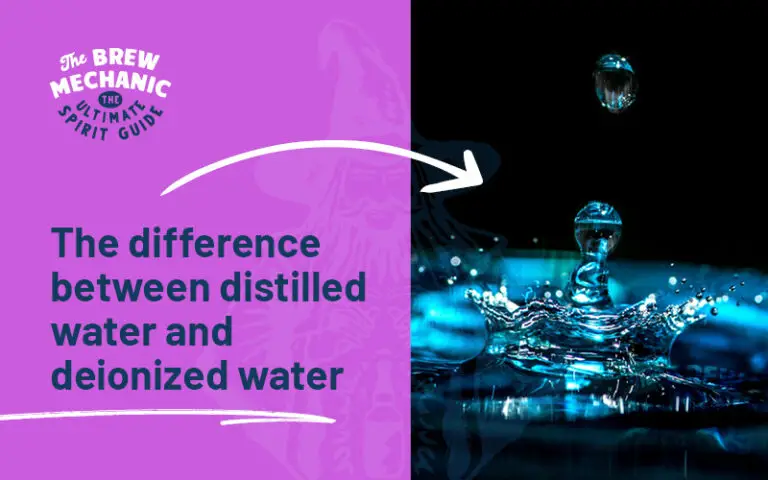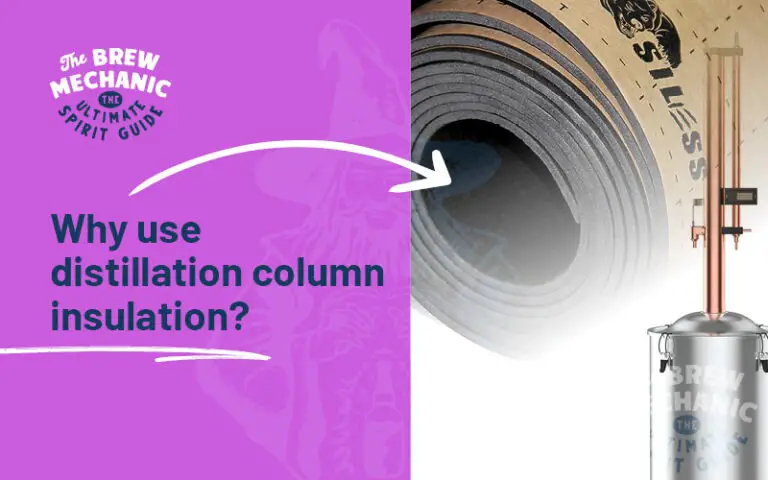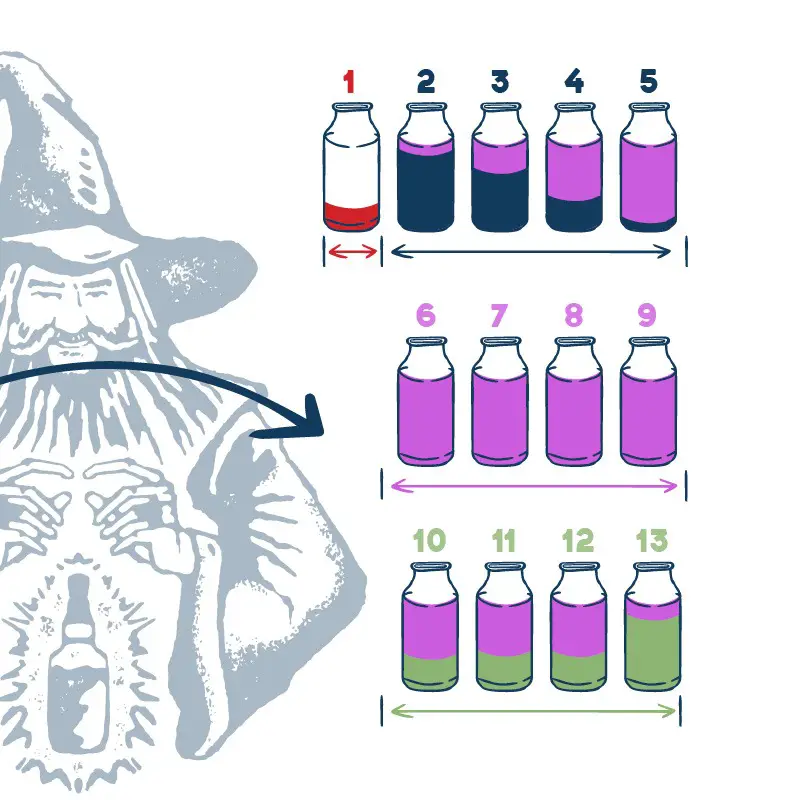The Importance of Distilling Alcohol Hydrometers
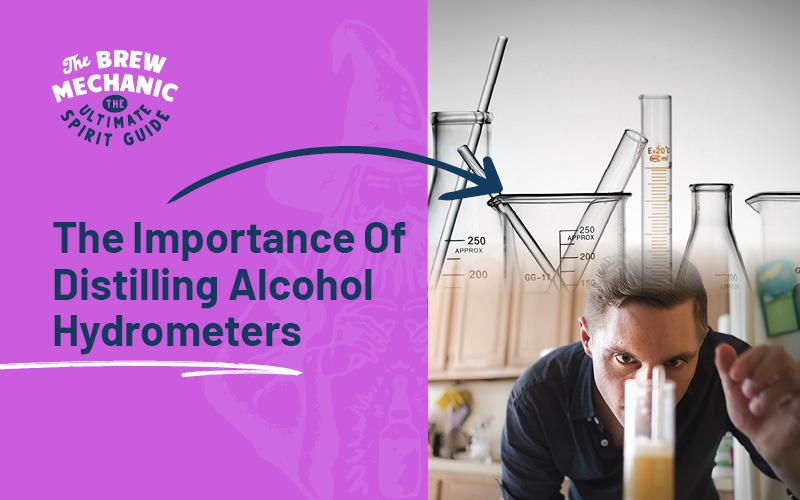
Understanding alcohol content is crucial, and this is where the distilling alcohol hydrometer and fermentation ABV hydrometer come into play. These tools, essential for brewers, measure the alcohol by volume (ABV) in a wash after fermentation and before distillation, providing vital information about the initial and final gravity of the wash. Additionally, a refractometer offers an alternative means to assess sugar content through light refraction, presenting a simpler option for first-time brewers.
The Role of a Distilling Alcohol Hydrometer for a Brew
A distilling hydrometer (proofing hydrometer) is used to measure the per cent alcohol ABV present and purity during distillation.
This helps the distiller to make judgements when making cuts, what is happening in the still by watching the alcohol hydrometer ABV and temperature go up and down as they are linked.
Temperature Ranges for Stripping the Wash
| Acetone – Foreshots | 56.6°C or 133.8°F |
| Methanol – Foreshots | 64°C or 147.2°F |
| Ethyl Acetate – Heads | 77.1°C or 170.8°F |
| Ethanol Range – Hearts | 78.3 > 81.5°C or 172.9 > 178.7°F |
| 2 Proponal – Tails | 82°C or 179.6°F |
| 1 Proponal – Tails | 97°C or 206.6°F |
| Fuesel oils – Tails | 94 > 95°C or 201.2 > 203°F |
Download our Distilling Cuts Chart here
Yes I want this epic PDF plus get tips and tricks! You will be joining our distilling mail list. 🙂
A good brewer can easily separate the unwanted volatiles from the spirits by using the BP and temperature ranges as above.
What is a Fermentation ABV Hydrometer and its uses?
What is a Refractometer used for?
This instrument does not measure density like a glass type of hydrometer but measures the sugar content through the refraction of light through the sample. For first-time brewers, the glass hydrometer is cheaper and simpler to use but there are rules to follow.
How does the hydrometer work?
Hydrometers are in two classes. Those that measure the density of liquids heavier than water and those that measure the density of liquids lighter than water.
Each hydrometer is unique as it has been calibrated to only measure the density of the product. Consists of a glass tube with measurements on the side and a bulb that has been weighted and calibrated to measure the density of the product.
How to use the Alcohol hydrometer
How do you tell if the fermentation is complete without using a hydrometer?
Maintenance and Care of Fermentation / Distilling Hydrometers
Short and simple. The hydrometers are made from glass and are round. Put them down on a flat surface they will roll and break. Make a soft sock that they can be pushed snugly into for protection. Touch wood I have never had one break as I treat them with respect.
Common Mistakes to Avoid When Using a Hydrometers
Choosing the Right Distilling Hydrometer for Home Use
When buying a hydrometer you must look at cost and ease of using it. The simplest and cheapest ones are the glass type. I would suggest a simple glass hydrometer, once you are at the next level look at a refractor meter for as it many plusses. Here there are two refractometers one for alcohol and one for fermentation.
Types of Hydrometers for measuring alcohol content
There are many types of alcohol meters to buy. At the end it is your call based on your budget, what you want is something simple.
Taking samples for Hydrometer testing and preventing contamination
One of the big challenges when taking samples is not to contaminate the batch as you must open the lid to do this.
Last Updated on Nov 20, 2023 by The Brew Mechanic
Disclosure: I may receive affiliate compensation for some of the links below at no cost to you if you decide to purchase a product or service. You can read our affiliate disclosure in our privacy policy. The information provided is for entertainment only.

With 35 years of knowledge of being a chemical engineer in alcohol manufacturing plants, my mission is to teach the next generation of home distilling alcohol brewers at a supernatural speed.
My reviews are based on real-life experiences with reflux stills, sugar wash, troubleshooting and mystical chemical reactions.

